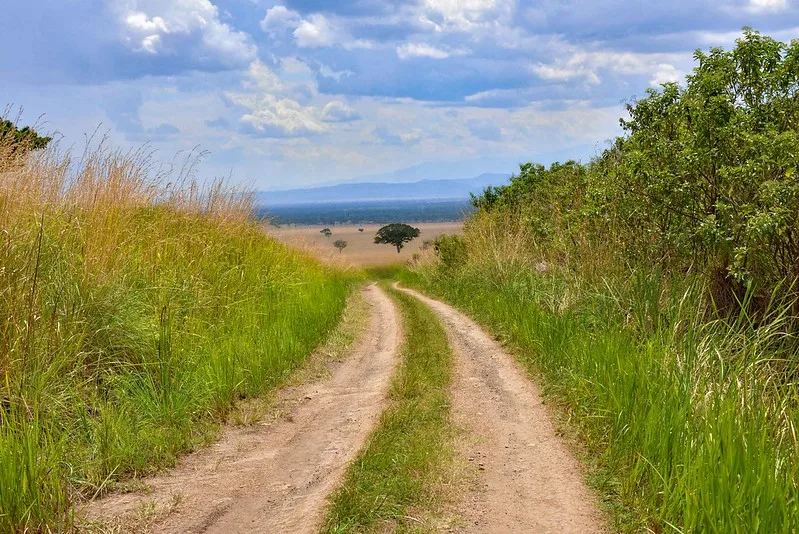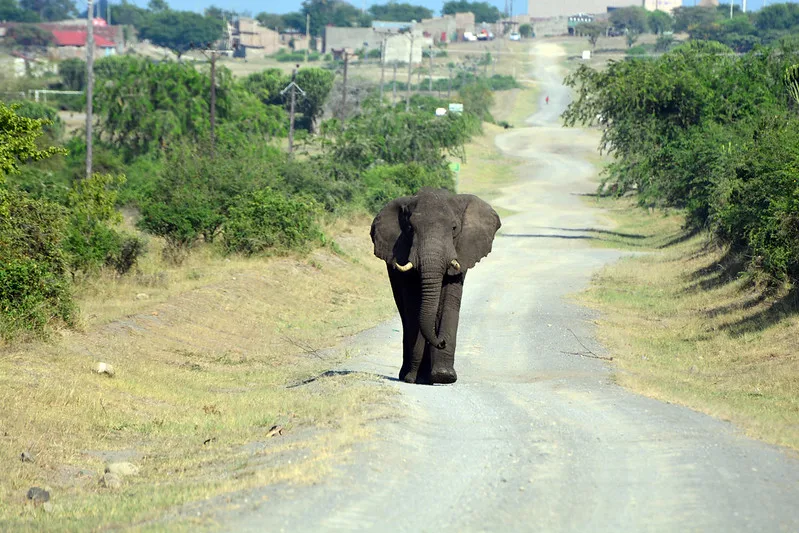The Ultimate Guide to African Safari Seasons: High Season versus Low Season
African Safari Seasons – Whereas its in the tourism sector in Africa, there is a difference in seasons Although there are still Autum, springs and summer, the seasons are often split in to two and both involve around the rainfall patterns including: High season/ peak or dry season, Low season/off peak or wet season. The terms “high season” and “low season” refer to periods of time when tourism activities experience varying levels of demand. These terms are often used in the context of travel and tourism, including African safaris.
When planning an African safari,
There is always so much information to put in to consideration to clearly understating the basics of travel, like the list of your priorities and the budget expense you may require for the safari. The seasons in Africa play a crucial role when it comes to budget for the safari, the pricing varies due to the seasonal fluctuations.
A safari in Africa best provides you with all the information you need when planning for the safari and the different seasons come with different advantages to fit in your schedule.
The high season and the low season will always have trade-offs, but there are advantages to traveling during either period. In addition, some places have a shoulder season that falls in between the peak and low seasons.
 We have heard great experiences when it comes to travelling in both seasons and each time of the year has something special to offer.
We have heard great experiences when it comes to travelling in both seasons and each time of the year has something special to offer.
Africa experiences a variety of climates, and the distinction between dry and wet seasons can significantly impact tourism in different regions.
Main African Safari Seasons In Africa
Generally, Africa is known for having two main seasons: the dry season and the wet season. The timing and intensity of these seasons vary across different parts of the continent.
Dry Season:
The dry season typically occurs during the winter months, from May to October in many regions. During the dry season, there is lower humidity, and rainfall is scarce. Days are often sunny, and temperatures can be hot during the day, although nights may be cooler.
The dry season is often considered the best time for wildlife viewing in many safari destinations. Animals gather around water sources, making them easier to spot, and the vegetation is less dense, providing clearer visibility.
Wet Season:
The wet season usually takes place during the summer months, from November to April in many regions. This period is characterized by higher temperatures and increased humidity. Rainfall is more frequent, and there may be occasional thunderstorms. Daytime temperatures can be warm to hot.
The wet season results in lush, green landscapes with vibrant vegetation. However, dense foliage can make it more challenging to spot wildlife. Some regions experience the migration of certain animals during the wet season, and it’s also a time when many species give birth.
The dry season is often considered the peak tourism season in many African destinations, especially for safaris, as wildlife is more easily visible.
The wet season may see a decrease in tourist numbers due to concerns about rain and challenging travel conditions. However, some travellers prefer the lush landscapes and the unique experiences the wet season can offer.
Some activities, such as bird watching, are particularly attractive during the wet season when birdlife is abundant.
It’s important to note that the specific timing and impact of the dry and wet seasons can vary depending on the specific region within Africa.
Additionally, global climate patterns, such as El Niño and La Niña, can influence local weather conditions and alter the usual patterns.
Travelers should research the specific conditions of the region they plan to visit and take those into account when planning their trips.
Weather and Climate:
High Season: Typically corresponds to the dry season when weather conditions are favourable. In many African safari destinations, this is during the winter months, which are characterized by lower rainfall and comfortable temperatures. Animals tend to gather around water sources, making wildlife viewing easier.
Low Season: Often coincides with the wet or rainy season. The landscape is lush and green, but there may be challenges such as muddy roads and dense vegetation. Wildlife is more dispersed, and some areas may be inaccessible.
Wildlife Viewing:
High Season is generally considered the best time for wildlife viewing as animals congregate around water sources, and the reduced vegetation makes spotting them easier. This is particularly true for large mammals like elephants and buffalo.
Whereas during the low Wildlife viewing can still be rewarding, but animals may be more dispersed due to the abundance of water and food.
However, bird watching is often excellent during the low season.
Crowds and Prices:
High Season: Expect larger crowds of tourists, especially at popular safari destinations. Accommodation and tour prices are often higher during this time due to increased demand.
Low Season: Generally, there are fewer tourists, leading to a more intimate and quiet safari experience. Accommodation and tour prices may be lower, and there may be special deals or discounts available.
Photography Opportunities:
High Season: Clear skies and better lighting conditions make for excellent photography opportunities during the day. However, the dry conditions may result in dust, affecting visibility.
Low Season: The lush landscapes and dramatic skies during the wet season can provide unique and picturesque scenes for photography. However, rain and overcast conditions may pose challenges.
Migration Patterns:
High Season: Depending on the specific location, some wildlife migrations, such as the Great Wildebeest Migration in East Africa, may coincide with the high season in places like the Serengeti National Park in Tanzania and Masai mara national reserve in Kenya happens when millions of wildebeests as well as other grazers cross from the Serengeti side in to Masai mara in search for greener pastures and water. Their movement is also influenced by the rain fall patters and calving season.
Low Season: Migration patterns may vary, and some animals may be in different areas due to the availability of water and food.
Ultimately, the choice between high season and low season depends on individual preferences, priorities, and the specific experiences you are seeking on your African safari. It’s essential to research the specific region you plan to visit, as conditions can vary across different countries and parks.
What do the different seasons offer and their Variations.
Each country has got its variations basing on the different seasons and the variations may occur within that country. Therefore, the question is When is the best time to go on African Safari? Below is some information to help you decide what is best for you.
- Peak Seasons Pros
- Minimal chance of rainfall
- Concentration of animals which makes it easier for game viewing
- All mobile camps operating
- Full range of activities
- Road conditions are good and easier to drive through
- Peak Season Cons
- Very expensive time due to higher prices
- Dusty roads
- Higher concentration of visitors in different parks
- Requires booking your safari early in advance
- Very cold in the morning and evenings
- Low Season Pros
- Lower prices and some special
- Minimal number of visitors in public parks
- The vegetation is green and plenty of food for animals
- Migratory birds are present
- Beautiful photo opportunities
- Calving season
- Low Season Cons
- Expect rain at any time of the day
- Humidity can be high until when the rain drops
- Due to the grown vegetation, Animals are less visible
- There are some activity hindrances due climate chances
- There is an increment on insects and Mosquitoes
- Some areas may not be accessible
- Muddy and slippery road


